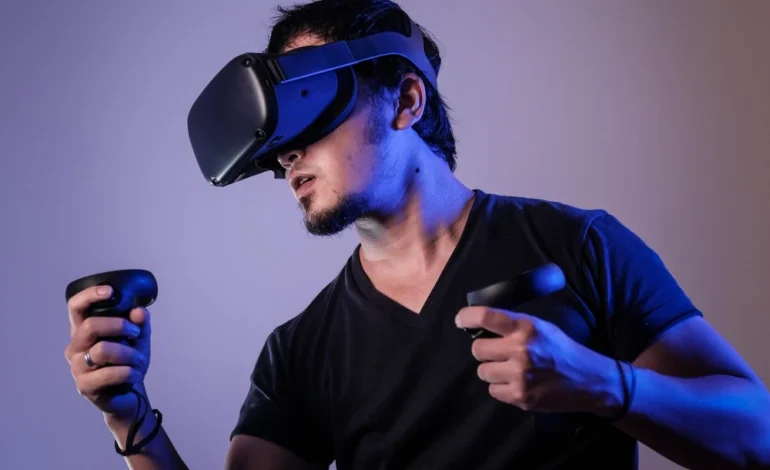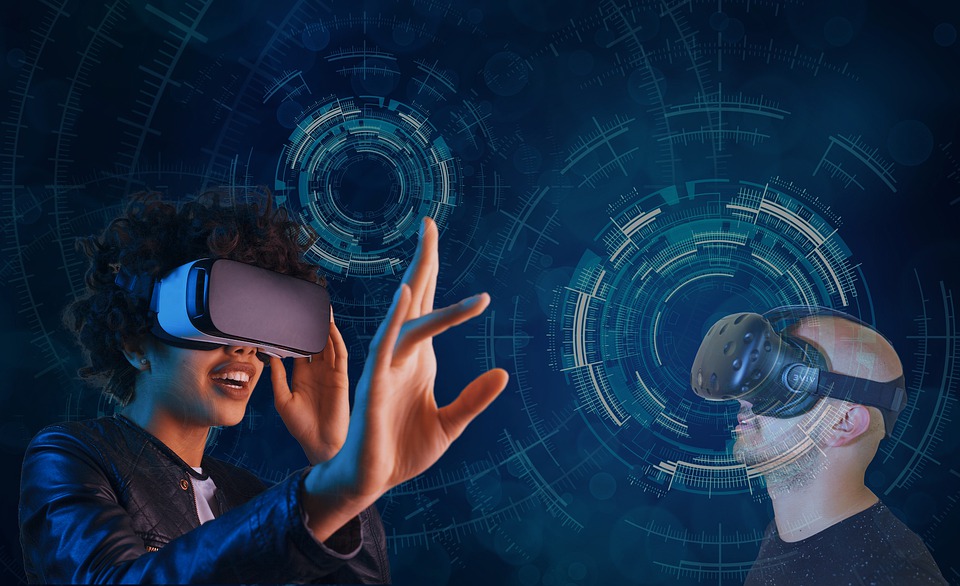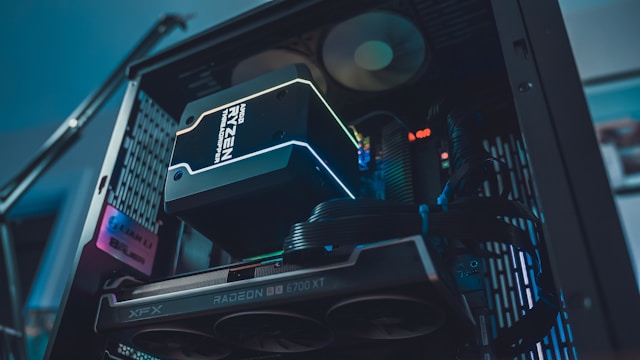The Metaverse: Reality & Future Trends

The Metaverse: Beyond the Hype – What’s Real and What’s Coming?
The word “Metaverse” has been buzzing around for a while now, fueled by tech giants, viral videos, and promises of a revolutionary new digital frontier. But beyond the hype surrounding virtual land sales and futuristic avatars, what *actually* is the Metaverse? And more importantly, what’s real about it right now, and what can we realistically expect in the coming years?
What Exactly Is The Metaverse (And What Isn’t It)?
Let’s start with a definition. The term “Metaverse” broadly refers to a network of 3D virtual worlds focused on social connection. Think of it as an evolution of the internet, moving beyond primarily text-based and 2D experiences towards immersive, interactive environments where users can socialize, work, play games, create content, and even conduct commerce.
Crucially, the Metaverse isn’t a single thing. It’s not one specific platform or company’s product – it’s envisioned as an interconnected ecosystem. Ideally, you should be able to move seamlessly between different virtual worlds, taking your digital identity and assets with you.
What *isn’t* the Metaverse? It isn’t simply VR (Virtual Reality), though VR is a likely pathway into many Metaverses. It also isn’t just gaming, although games are certainly playing a significant role in its development. The true vision involves integrating various aspects of our lives – social interaction, work, entertainment, and commerce – within these virtual environments.
Current Realities: What Exists Today?
While the fully realized Metaverse is still years away, several platforms offer glimpses into what’s possible today. Here’s a look at some of the current players:

- Gaming Platforms: Games like Fortnite and Roblox are often cited as early examples of Metaverses. They provide user-generated content, social spaces, concerts, and even brand experiences within their virtual worlds. While not fully interoperable, they demonstrate the potential for persistent digital environments.
- Virtual Worlds: Decentraland and The Sandbox are blockchain-based virtual world platforms where users can buy land (NFTs), build on it, and create immersive experiences. These platforms emphasize user ownership and decentralized governance. The concept of “land” in these worlds is often speculative and highly variable in value.
- Social VR Platforms: VRChat and Horizon Worlds (Meta’s offering) focus primarily on social interaction within virtual environments. VRChat allows users to create custom avatars and explore user-generated worlds, while Horizon Worlds aims for a broader range of experiences, including events and creator tools.
- Workplace Collaboration Tools: Platforms like Microsoft Mesh are exploring the use of immersive technology for remote collaboration and meetings. This represents a practical application of Metaverse concepts in professional settings.
Limitations Today: It’s important to acknowledge current limitations. Interoperability between these platforms is limited; your avatar and assets typically can’t move seamlessly from one world to another. Technical hurdles like the cost and accessibility of VR/AR hardware remain barriers for widespread adoption. Bandwidth requirements also play a significant role, especially with high-fidelity graphics.
The Technology Underpinning the Metaverse
Several key technologies are crucial for building out a truly functional Metaverse:
- Virtual Reality (VR) & Augmented Reality (AR): VR headsets provide fully immersive experiences, while AR overlays digital content onto the real world. Both play roles in accessing and interacting with Metaverses.
- Blockchain Technology & NFTs: Blockchain technology enables decentralized ownership of virtual assets through Non-Fungible Tokens (NFTs). This allows users to truly own their digital creations and land within these worlds, fostering a creator economy.
- 3D Modeling & Rendering: Creating realistic and interactive 3D environments requires advanced modeling and rendering capabilities.
- Artificial Intelligence (AI): AI can power intelligent avatars, personalize experiences, and moderate content within the Metaverse.
- 5G & High-Bandwidth Networks: Reliable and high-speed internet connectivity is essential for smooth performance and real-time interactions in immersive environments.
What’s Coming: Future Trends and Possibilities
The Metaverse is still very much under development, but here are some potential future trends:
- Increased Interoperability: Expect ongoing efforts to bridge the gaps between different platforms, allowing for more seamless movement of avatars and assets. Standards bodies and industry collaborations will be crucial in achieving this.
- The Rise of Digital Twins: Digital twins – virtual replicas of real-world objects or environments – could revolutionize industries like manufacturing, urban planning, and healthcare by enabling simulations and optimizations.
- New Economic Models: The Metaverse is poised to create new economic opportunities for creators, developers, and businesses through digital asset ownership, virtual events, and immersive advertising. The creator economy will be central.
- Enhanced Social Experiences: Expect more sophisticated social interactions, including realistic avatars with expressive capabilities, collaborative spaces for group activities, and integrated communication tools.
- Integration with the Physical World: AR applications will likely blur the lines between the physical and digital worlds, overlaying information and experiences onto our everyday surroundings. Think interactive shopping experiences or location-based games.
- The Enterprise Metaverse: Beyond entertainment, expect increasing adoption of Metaverse technologies within businesses for training, collaboration, product development, and customer engagement.
Challenges & Concerns
Despite the promise, several challenges and concerns need to be addressed:
- Accessibility & Equity: Ensuring equitable access to Metaverse technology and experiences is critical to avoid exacerbating existing inequalities. The cost of hardware and internet connectivity can be a barrier for many.
- Privacy & Security: Protecting user data and preventing cybercrime in virtual environments will be paramount. Identity verification and robust security protocols are essential.
- Content Moderation: Addressing issues like harassment, misinformation, and harmful content within the Metaverse requires effective moderation strategies.
- Regulation: Governments worldwide are grappling with how to regulate the Metaverse, addressing concerns related to intellectual property, consumer protection, and taxation.
- Mental Health & Well-being: Excessive immersion in virtual worlds could have negative impacts on mental health and social interaction. Promoting responsible usage is vital.
Conclusion: A Gradual Evolution
The Metaverse isn’t going to magically appear overnight. It’s a long-term evolution of the internet, driven by technological advancements and evolving user behavior. While the hype may have outpaced reality in some areas, the underlying potential is undeniable. Expect gradual progress – incremental improvements and integrations over time rather than a sudden revolutionary shift. The key to understanding the Metaverse isn’t about predicting its final form but observing how these technologies are being applied and integrated into our lives today.



